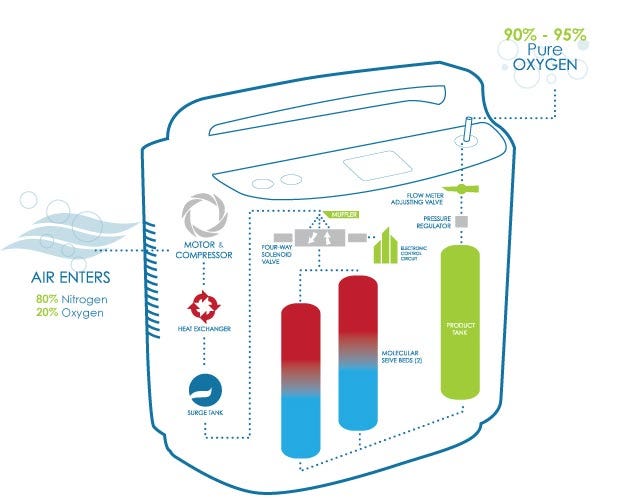
Pneumoconiosis is a lung disease that is typically the result of inhaling coal dust. It is also called “Black Lung Disease.” Coal workers who inhale coal dust can develop simple pneumoconiosis, or the complicated form of the disease called Progressive Massive Fibrosis (PMF).
Pneumoconiosis is caused coal dust damaging the delicate lung tissue over time. It is an interstitial lung disease. The walls of the air sacs become inflamed over time and eventually this leads to permanent scarring. This scarring causes the lungs to stiffen, reducing the individual’s ability to take in oxygen.
Continue Reading









